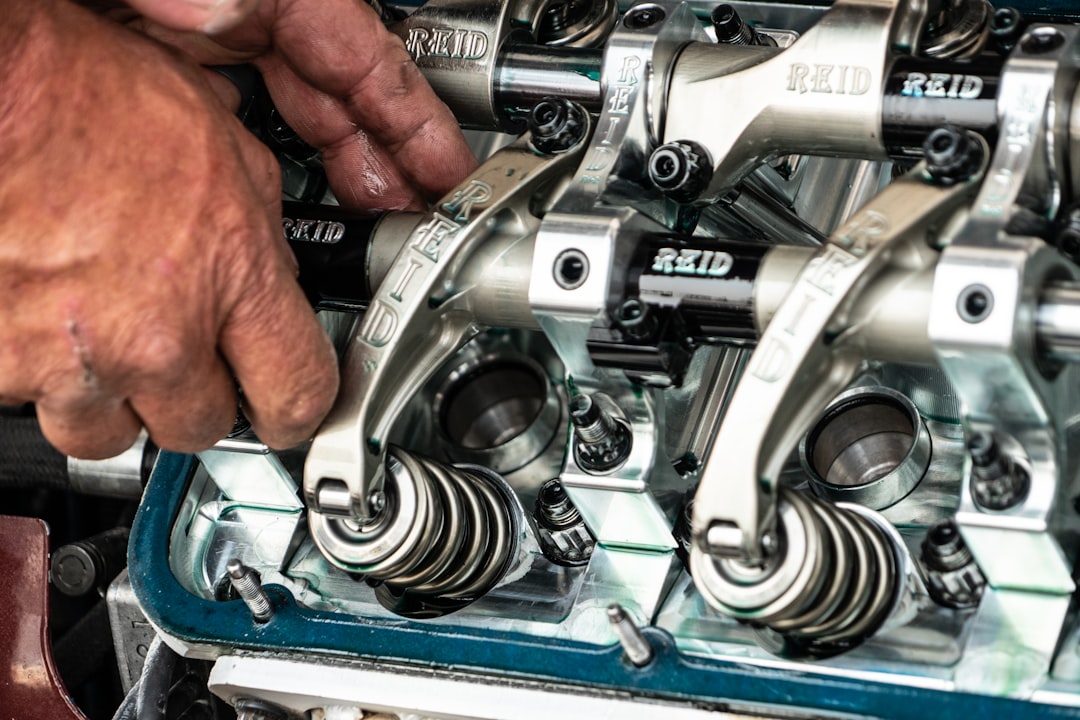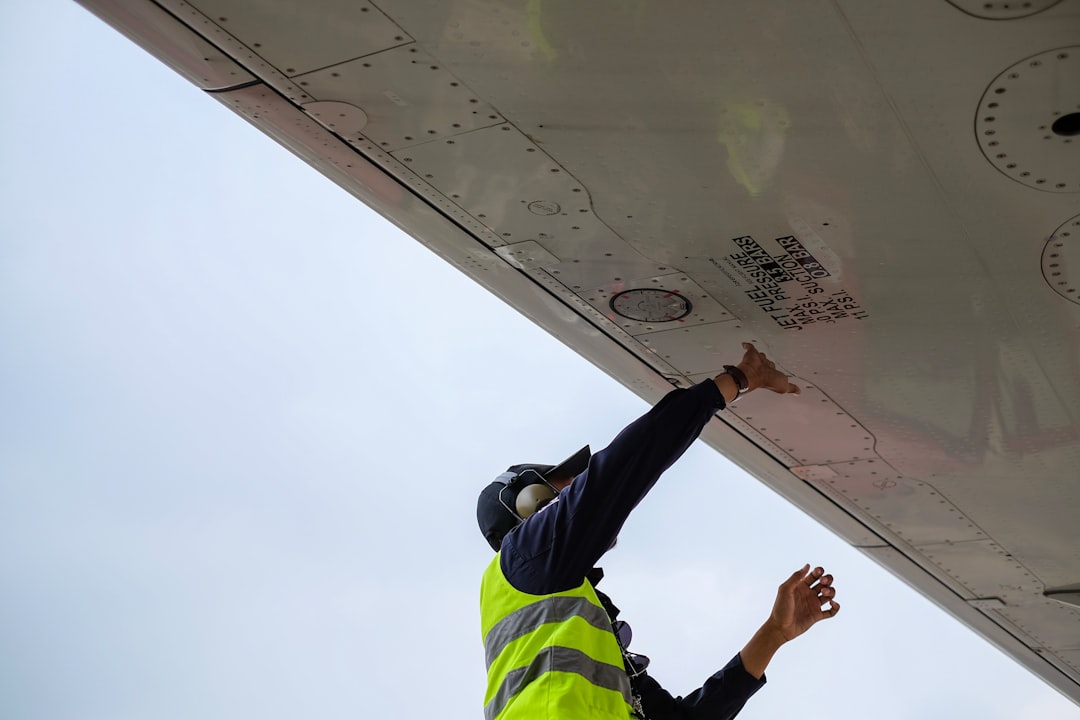Managing a WordPress website involves regular maintenance to ensure optimal performance, security, and user experience. One often-overlooked aspect of this process is media library recovery, a critical strategy for restoring lost or missing files. From images and videos to PDFs and other media assets, these files are vital for your site’s functionality and appeal.

In this guide, we’ll explore how media library recovery supports WordPress maintenance, practical steps for recovering lost files, and strategies to prevent future loss.
Why Media Library Recovery is Essential
The media library is a core component of any WordPress site, hosting assets that enhance content and improve audience engagement. Losing these files can lead to significant challenges, including:
- Broken Pages and Posts: Missing media leaves gaps in your content, negatively affecting user experience.
- SEO Impact: Lost media can result in broken links and decreased search engine rankings.
- Wasted Resources: Recreating or replacing lost media consumes valuable time and effort.
By prioritizing media library recovery, you can restore essential assets, maintain your site’s professional appearance, and avoid these pitfalls.
Common Causes of Media File Loss
Understanding the reasons behind media loss can help you take proactive measures to protect your files.
- Accidental Deletion: Files may be removed unintentionally by users or during site updates.
- Plugin Conflicts: Incompatible or poorly coded plugins can cause media files to disappear.
- Database Corruption: Issues with the WordPress database can disconnect files from the media library.
- Hosting Problems: Server failures or incomplete backups can lead to lost files.
- Cybersecurity Breaches: Hacking or malware attacks may result in deleted or corrupted media assets.
Steps to Recover Media Library Files
If you’ve lost files from your media library, these steps can help you recover them efficiently.
Check the WordPress Trash
WordPress temporarily stores deleted files in the Trash folder before permanent deletion.
- Navigate to Media > Library in your WordPress dashboard.
- Select the Trash tab to view recently deleted files.
- Locate the desired file and click Restore.
If files are not in the Trash, consider alternative recovery methods.
Use Backup Solutions
Backups are a reliable way to restore lost media files.
UpdraftPlus
This plugin allows you to schedule regular backups and easily restore media files.
- Learn more at UpdraftPlus.
BackupBuddy
BackupBuddy offers full-site backups and incremental file restoration.
- Visit BackupBuddy for details.
Leverage Media Recovery Plugins
Media recovery plugins can identify and restore missing files directly from your server.
Media Library Recovery
This plugin scans your uploads folder for media files that are no longer visible in the library and reimports them.
- Download it from Media Library Recovery.
Media Cleaner
Media Cleaner helps recover lost or unused files while organizing your media library.
- Learn more at Media Cleaner.
Restore Files via FTP
FTP (File Transfer Protocol) access provides direct control over your website’s files.
- Use an FTP client like FileZilla to connect to your site.
- Navigate to the wp-content/uploads directory.
- Search for missing files and download them.
- Re-upload the files to your WordPress media library.
For guidance, visit FileZilla.
Media Library Recovery and WordPress Maintenance
Incorporating media library recovery into your WordPress maintenance routine ensures your site remains functional and visually appealing.
Schedule Regular Backups
Automated backups are a crucial part of WordPress maintenance. Use tools like UpdraftPlus or BlogVault to back up your site regularly, including all media files.
Monitor Media File Usage
Identify unused or duplicate files to keep your media library organized and efficient. Plugins like Media Cleaner can help with this task.
Optimize Recovered Files
Once files are restored, optimize them to ensure they perform well on your site:
- Compress large images with tools like Smush or TinyPNG.
- Add descriptive alt text to improve accessibility and SEO.
- Rename files with SEO-friendly names, such as “product-demo-video.jpg.”
Preventing Future Media Loss
Preventive measures are as important as recovery when it comes to protecting your media library.
Test Updates on a Staging Site
Before updating plugins, themes, or WordPress core, test changes in a staging environment to avoid disruptions. Tools like WP Staging simplify this process.
Use Secure Hosting
Choose a hosting provider with robust security measures and automatic backup options. Providers like SiteGround and Kinsta are excellent choices.
Protect Your Site with Security Plugins
Security plugins help safeguard your media library from malware and hacking:
- Wordfence Security: Offers firewall protection and malware scanning. Visit Wordfence.
- Sucuri Security: Provides real-time monitoring and post-hack recovery. Explore Sucuri.
Limit User Permissions
Restrict access to file uploads, edits, and deletions to trusted users. Plugins like Members allow you to manage user roles effectively.
Measuring the Success of Your Recovery Strategy
Evaluate the effectiveness of your media library recovery strategy by monitoring your site’s performance and user experience.
Test Backup Restorations
Periodically restore backups to ensure they work correctly. Use a staging site for testing to avoid disruptions.
Monitor Page Performance
Track metrics like page load speed and bounce rates to assess how optimized media files contribute to your site’s functionality. Tools like GTmetrix can help.
Review Analytics
Use tools like Google Analytics to measure the impact of recovered media on user engagement, such as time spent on pages and conversions.
Benefits of a Strong Media Library Recovery Plan
Incorporating media library recovery into your WordPress maintenance routine offers several advantages:
- Minimized Downtime: Quickly restore essential files to keep your site running smoothly.
- Improved User Experience: Maintain the visual appeal and functionality of your content.
- Enhanced SEO: Prevent broken links and maintain your site’s search engine rankings.
- Peace of Mind: Know that your files are protected and can be restored efficiently.
Conclusion
A comprehensive media library recovery strategy is a vital part of WordPress maintenance, ensuring your site stays functional, visually engaging, and user-friendly. By leveraging tools like UpdraftPlus for backups and Media Library Recovery for file restoration, you can efficiently recover lost assets and maintain a seamless online presence.
Start protecting your media library today with plugins like Media Library Recovery and security solutions like Wordfence. With proactive maintenance and recovery practices in place, you’ll safeguard your site’s assets and keep it performing at its best.




